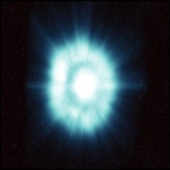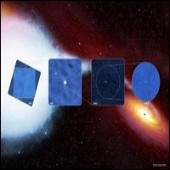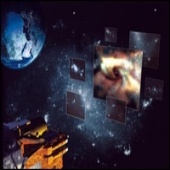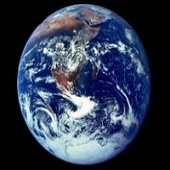ESA Science & Technology - Science Results
Science Results
Science Results
Published: 29 June 2003
Published: 23 March 2003
Published: 29 January 2003
Published: 28 January 2003
Published: 29 December 2002
Published: 17 December 2002
Published: 10 December 2002
Published: 1 October 2002
Published: 5 April 2002
Published: 25 February 2002
Published: 16 January 2002
Published: 17 December 2001
Anyone living near the Arctic Circle will be familiar with aurorae, the legendary red and green curtains that illuminate the long winter nights. Much less familiar is the mysterious 'black aurora', a strange electrical phenomenon that produces dark, empty regions within the visible Northern and Southern Lights.
Published: 10 December 2001
Published: 19 November 2001
Published: 13 November 2001
Published: 31 October 2001
Published: 25 October 2001
Published: 23 October 2001
Published: 10 October 2001
Published: 9 October 2001
—
20 Items per Page














